10 Seat Belt Statistics & Facts (2025 Update)
-
Pete Ortiz
- Last updated:
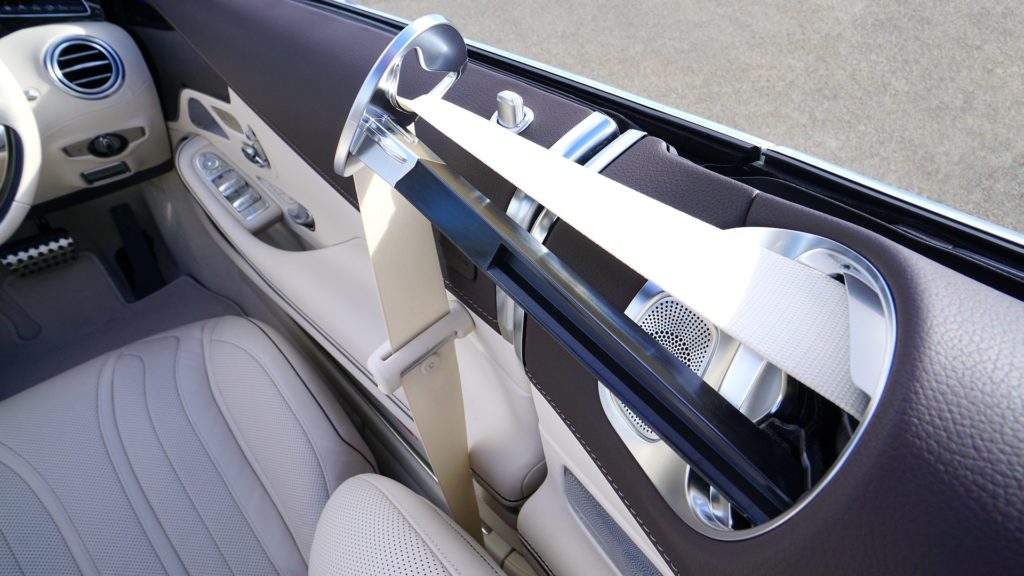
Note: This article’s statistics come from third-party sources and do not represent the opinions of this website.
Any responsible driver knows a seat belt has an underrated lifesaving value. It’s one of those car components that was specifically designed to save the lives of not only aggressive drivers, but also those who are always distracted and inebriated. Is it as effective as experts want us to believe? Yes. And we’re certain about this because over the years we’ve seen people become less and less concerned about the overall safety of driving.
You should know, we’re well aware of the fact that there are several doubting Thomases out there who would rather risk their lives than take our word for it. So to make a good case, we thought it wise to share a few statistics and facts.
 Top 10 Seat Belt Safety Statistics
Top 10 Seat Belt Safety Statistics
- The national seat belt usage rate is at 90.3%.
- 47% of the 22,215 occupants who’ve lost their lives in the past couple of years, were unrestrained.
- The today’s seat belt design can reduce the risk of injury by 50%, and that of dying by 45%.
- The odds of flying through a windshield is drastically increased 30 times, if the driver is unrestrained.
- The US spends $75 billion per year covering the costs of motor vehicle injuries and fatalities.
- Seat belt usage rate among kids drops by 40%, if the parent doesn’t restraint.
- Most accidents happen approximately 25 miles from home.
- Seat belts have saved more than 374,276 lives since 1975.
- 40% of expectant mothers use seat belts incorrectly.
- In every group of 7 drivers, there’s always one who doesn’t believe in seat belts.
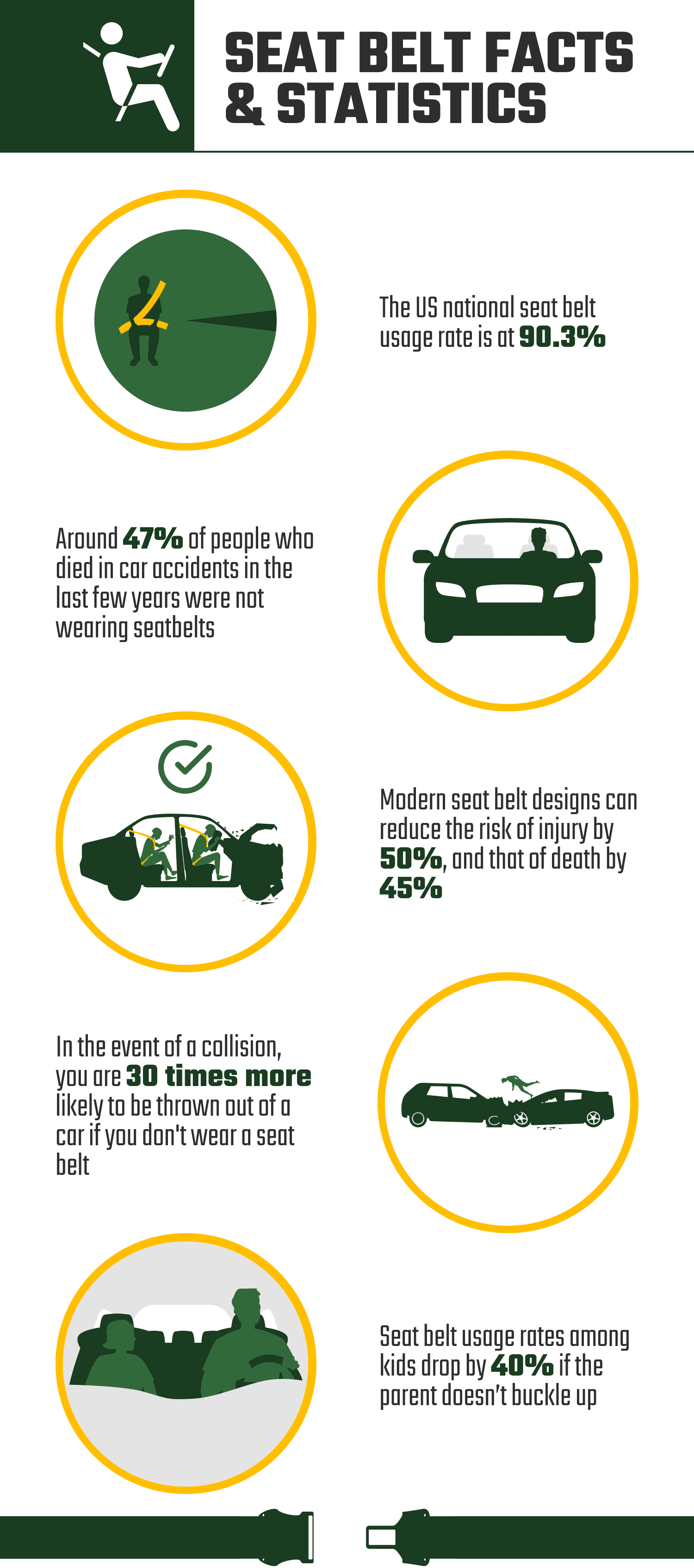
Numbers that nobody wants to talk about
1. The national seat belt usage rate is at 90.3%
(NHTSA)
This figure represents the number of drivers and passengers who were found to be restrained during the average daylight moment. It’s also important to remind you that this is nothing more than an estimate, and a slight drop from the 90.7% recorded in 2018.
In case it wasn’t obvious from the jump, the National Highway Traffic Safety Administration agency has been experiencing a lot of difficulties collecting sufficient data, due to the pandemic. Our traffic volume significantly decreased, so they felt whatever they collected wouldn’t be an accurate description of what really goes on out here.
Nonetheless, the recent report highlighted an incredible increase—in seat belt usage—in states that have often been referred to as primary law states. ‘Primary Law States’ are states that have already passed laws that allow highway patrol to pull over any driver who’s not wearing a seat belt.
Should you not comply with the provisions, you’ll be found guilty and fined $100 per person. This kind of sounds like a slap on the wrist, but don’t be fooled. Whatever you end up paying as “processing fee,” in addition to that, will leave you speechless. To be honest, it’s really not worth it.
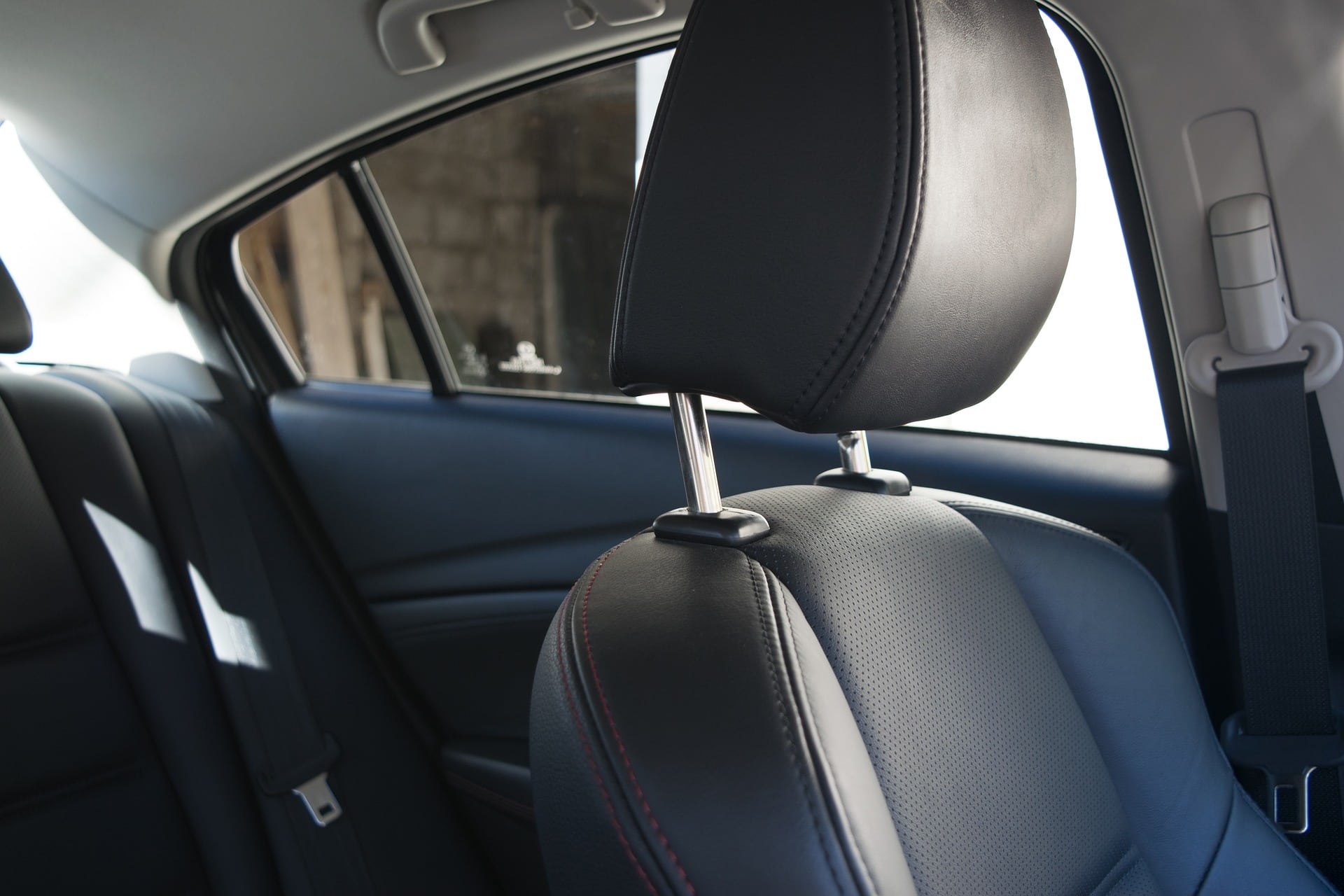
2. 47% of the 22,215 occupants who’ve lost their lives in the past couple of years, were unrestrained
(NHTSA)
The one thing that a lot of people seem not to understand, is the fact that seat belts are the only reason why drivers and passengers are always found inside the car, and not miles away from the scene of the accident.
More often than not, it’s not the impact of the hit that kills the driver. It’s not even the whiplash effect, as some people speculate. It’s either the force of the rapidly opening frontal airbag, or the actual fall. That force is so massive that it could easily cause concussions, or fracture the skull.
Road safety studies have already proven that airbags are one of the main reasons why drivers end up with damaged ears, eyes, and brain swelling in such situations. All these are fatal injuries that could easily be avoided, if the driver buckled up.
3. The today’s seat belt design can reduce the risk of injury by 50%, and that of dying by 45%
(CDC)
According to science, there’s no stationary object. Objects are always in motion, and the direction of that motion automatically changes, if the object is acted upon by a different force. The seat belt, in this case, is the force that’s holding you back should a different force try to throw you through your windshield. Its primary role is to dissipate any type of force directed at you, by evenly spreading it out throughout your body. Hence, minimizing the damage.
Wondering which branch of science explains all of this? Just go read Newton’s First Law of motion.
How you wear it is also another subject of concern. You can’t just put it on for the sake of putting it on. It has to go around the occupant’s rib cage and pelvis, seeing as these are the sturdiest parts of the human body. In other words, those are the only parts of the human anatomy that are strong enough to deal with that collision force.
Every vehicle manufactured after 1995 has something called a seat belt retractor. The retractor is the belt’s male section, where the webbing material feeds out of. If you check out the components of the retractor, you’ll find the pyrotechnic explosive device, a few gears, a spring, and a simple mechanism designed to lock up upon impact.
The retractor is what’s responsible for keeping drivers safe, as it locks up immediately it senses a sudden stop. It’s also equipped with a gas charge that connects it to the car’s airbag system. Whenever the crash sensor detects collision, the SRS module will send a signal that will release the gas, firmly securing you against the seat and away from the airbag.

4. The odds of flying through a windshield are drastically increased 30 times, if the driver is unrestrained
(CDC)
As per the Center for Disease Control and Prevention findings—in the event of a collision—you’re 30 times more likely to be thrown out of a car, if you never wore a seat belt. And as if that wasn’t scary enough, they also discovered that 3 out of the 4 people who’ve been ejected through the windshield in such cases, have succumbed to their injuries.
These are numbers that no one ever wants to hear or see. But the organization says that they feel obligated to share them, as they’ve tried raising awareness through other avenues, and failed.
5. The US spends $75 billion per year covering the costs of motor vehicle injuries and fatalities
(CDC)
It’s impossible to talk about car accidents, without at least mentioning its economic impact. We recently came to the realization that most people like to see it as an issue of property damage, but it’s far worse than that. In addition to the obvious, there’s the emotional and mental aspect of it all.
Losing a limb or two, not being employed, dealing with survivor’s remorse, and feeling alienated are just a few examples of some of the things you might have to deal with. And dealing with them will be next to impossible, if you’re financially handicapped.
The World Bank recently collected data trying to figure out what the deaths and injuries meant for the economy. In that study, it was found that a 10% reduction in car accident deaths could push up the per capita real GDP by 3.6%. And this difference could be realized in a 24-year horizon.
Seat belt death stats, ignorance and mistakes to be avoided.
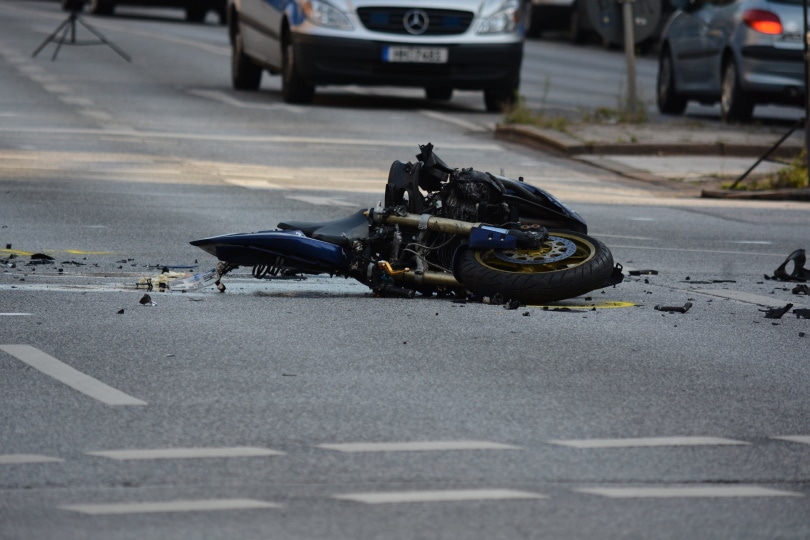
6. Seat belt usage rate among kids drops by 40%, if the parent doesn’t restrain
(NHTSA)
Psychologists have studied the human brain for generations. And one of the things that they’ve discovered is the fact that kids imitate their parents in almost everything they do. It’s almost like a reflex of sorts. They’ll see and do whatever you’re doing, even without realizing it.
Of course, they won’t grow up to be a carbon copy of their parents, but that imprint will influence a lot of the decisions that they make later on in life.
It’s never too early to teach your child road safety rules. Even if they can’t understand whatever you’re saying, they’ll still use those tiny eyes of theirs (and other senses) to try and grasp the concept. They’ll mimic everything you do because they want to be the same as you.
This phenomenon has been explained by Maslow’s hierarchy of needs, which talks about humans and their crave for some sense of belonging.
7. Most accidents happen approximately 25 miles away from home
(NHTSA)
There was a survey that was conducted a couple of months back. Its primary goal was to figure out the commonality in the places where accidents often happen, and the outcome was almost what we expected to hear.
Right out of the gate, the pattern was evident. The team of researchers from various motor insurance companies learned that 52% of the accidents reported occurred five minutes away from home, and more than 77% occurred 25 miles away. Out of curiosity, the National Highways Traffic Safety Agency also did their own research, and came up with the same conclusion.
However, in their reports, there was an additional finding. We learned that accidents which occurred near the driver’s primary residence were more serious in comparison to those that were further away.
One of the reasons they gave for this occurring, is the fact that most drivers pay less attention to external threats when they are closer to home, as opposed to far away. They normally forget to wear their seat belts because subconsciously, they usually feel more comfortable with their surroundings.
The other reason was, most people don’t see the need to buckle up whenever they are driving around an area that’s familiar to them. And it’s this form of ignorance that leaves them more vulnerable to fatal injuries.

8. Seat belts have saved more than 374,276 lives since 1975
(NSC)
Some of you might think this number is small, but we want you to think of it this way: for every life lost, there’s a child somewhere who loses a parent. There will be a spouse who loses a partner, and an individual who loses a friend.
No man lives like an island. So one way or another, there will be somebody who’ll be affected by a life lost through an accident. By saving one life, the seat belt will have saved several other lives that could have been lost to other causes like suicide.
9. 40% of expectant mothers use seat belts incorrectly
(BeSafe)
There’s a way the seat belt needs to be used while a woman is pregnant, but some women don’t know this. As a result, they end up putting their lives and that of the unborn child in danger. If you’re an expectant mother, you need to ensure your belt goes beneath the baby bump. Not on top, and definitely not across.
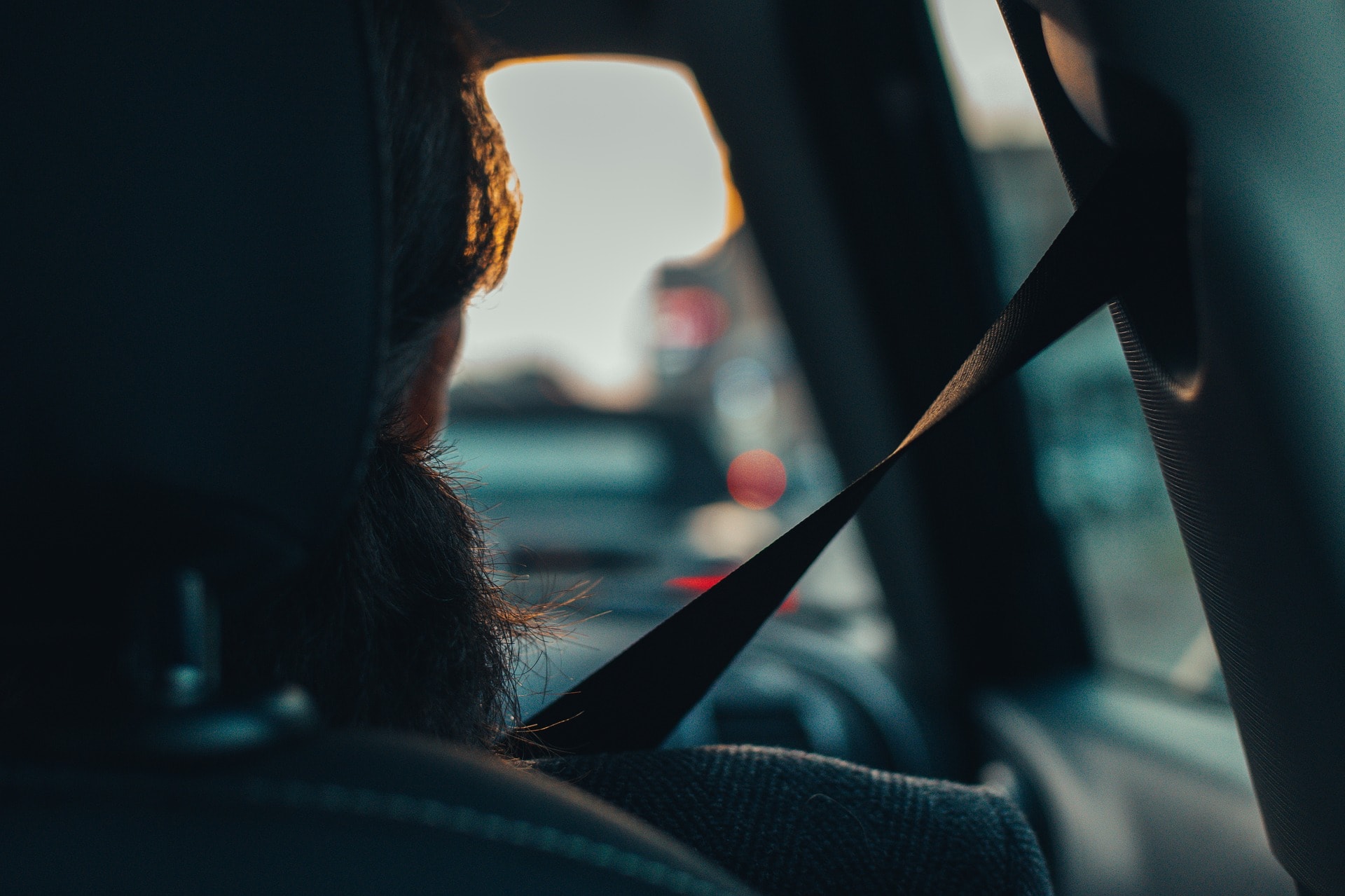
10. In every group of 7 drivers, there’s always one who doesn’t believe in seat belts
(CDC)
Trying to comprehend the thought process of some people is futile at times. Despite the fact that technology, education, and even law statistics have proven that there’s an advantage to wearing a seat belt, some people still question this. And that’s why our national fatal and injury figures keep going up year in and year out.
 Frequently asked questions about seat belt statistics
Frequently asked questions about seat belt statistics
Why are seat belts made of polyester?
Before we answer that, you need to understand that “webbing” is the term used to describe that section of the belt that comes into contact with an occupant’s body. It’s the part that’s designed to receive and absorb whatever shock’s directed towards the driver or passenger.
The first seat belts were manufactured using nylon, but the producers quickly realized that the material is more predisposed to wear and tear, and also stretches more than polyester. A seat belt’s tensile strength is vastly reduced once it’s been exposed to several tiny abrasions.
- Has a high resistance to different chemicals
- A high degree of elongation (you’ll have to get to 25% to break it)
- A strength tenacity of 10g/den
- Great resistance to abrasion
- Isn’t as affected by extreme temperatures as other materials
Why are women more likely to die from car accidents even if they are wearing seat belts?
It’s sad, but the truth of the matter is, this world was designed from the men’s perspective. If you look at the crash-test dummies used to test the effectiveness of various belt variations, you’ll note that they all have the physiology of an average man. It’s always 5 foot 9 inches tall, weighs around 150lbs, straight-hipped, and even has a flat chest.
Rarely will you find a manufacturer working on an experiment using a dummy that resembles a woman, or anything remotely close. Those things will never have short legs, wide hips, or a smaller pelvis.
So if the driver behind the wheel is a woman, and they find themselves in a collision, the odds of them surviving is substantially reduced.
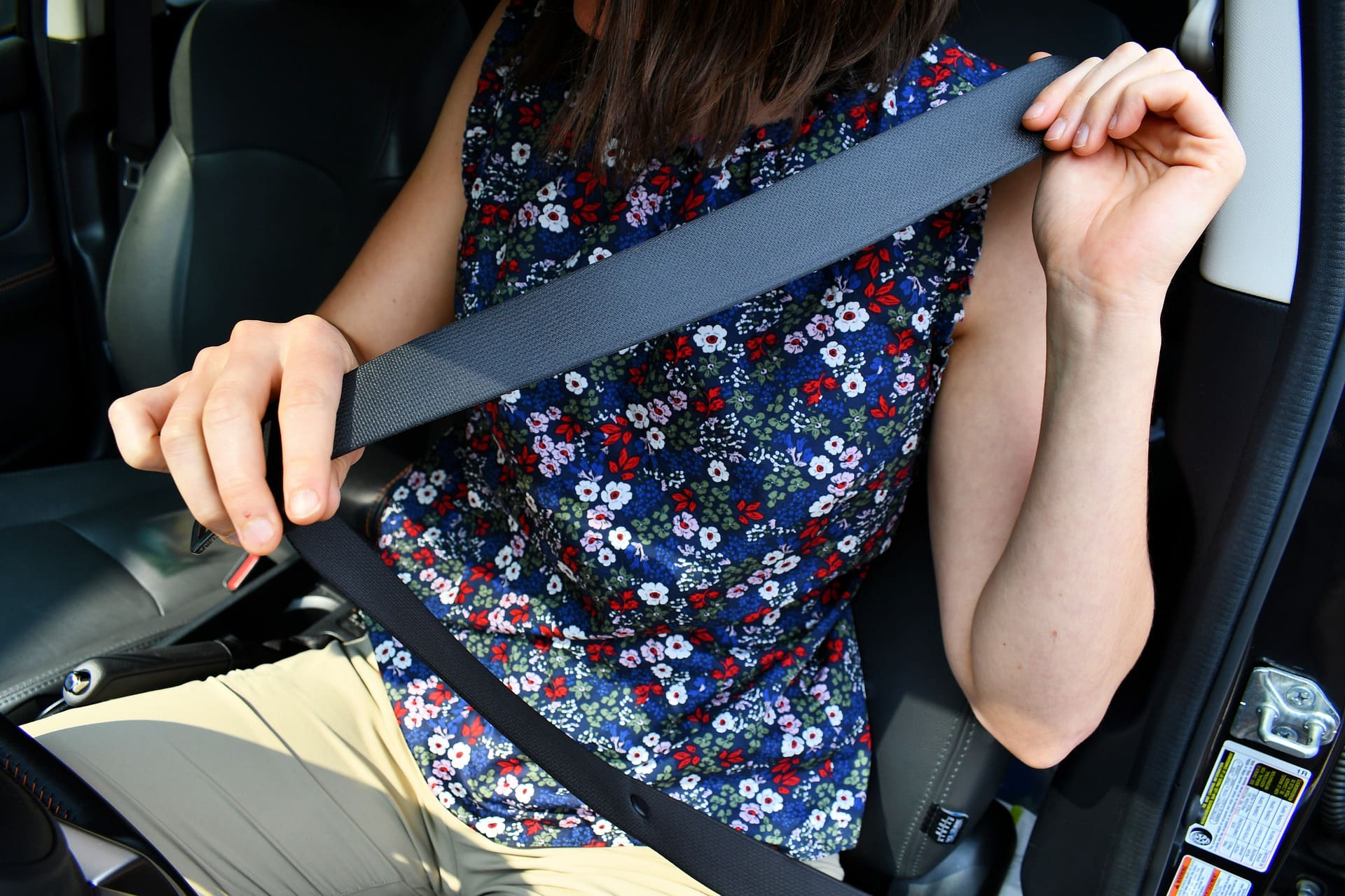
Do conventional seat belts put pregnant women at a greater risk?
Yes, they do. They’ve been designed to go across the body and that’s not safe for the baby. There’s a special type of belt designed for pregnant women. They’ll ensure both the mother-to-be and her unborn child is safe in the event of a collision. The conventional ones will only work against its primary purpose, which is to safeguard life.
- Related Read: Motorcycle Accident Statistics
 Conclusion
Conclusion
That’s all we had for you guys today. Always remember, the difference between life and earth could be the seat belt that you’re constantly ignoring. Share this information with your friends and family, and together, we will save more lives every year.
Featured Image Credit: Pixabay
Contents

 Top 10 Seat Belt Safety Statistics
Top 10 Seat Belt Safety Statistics
 Frequently asked questions about seat belt statistics
Frequently asked questions about seat belt statistics